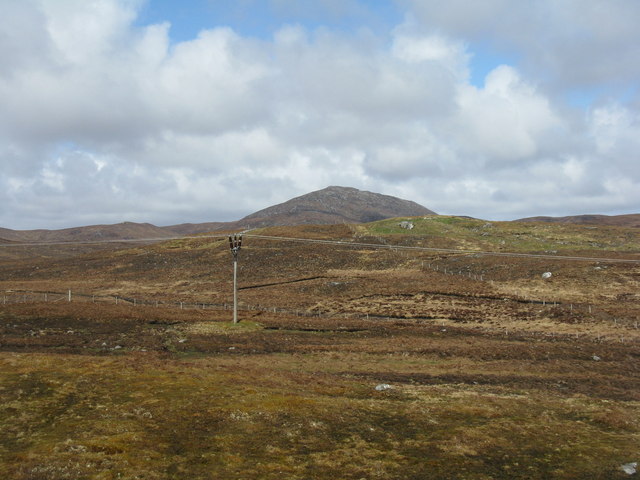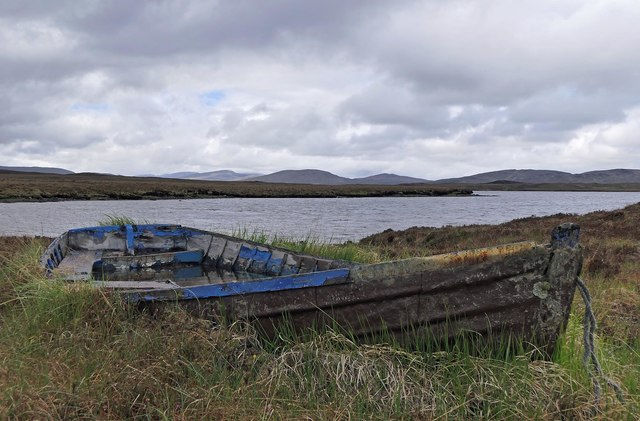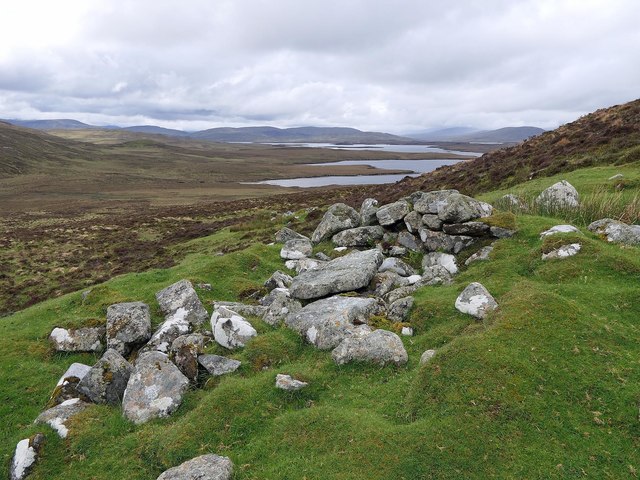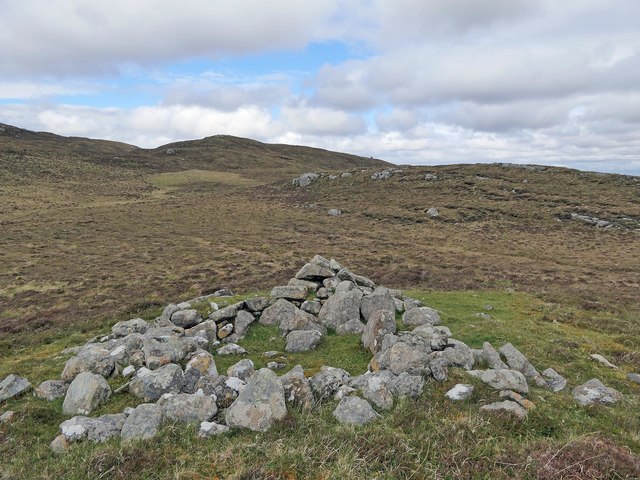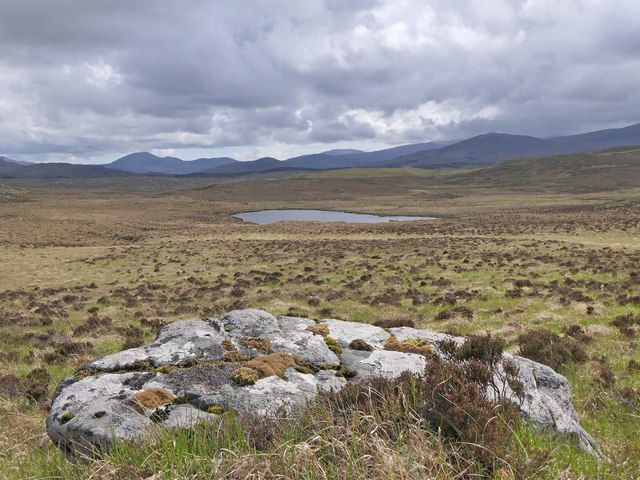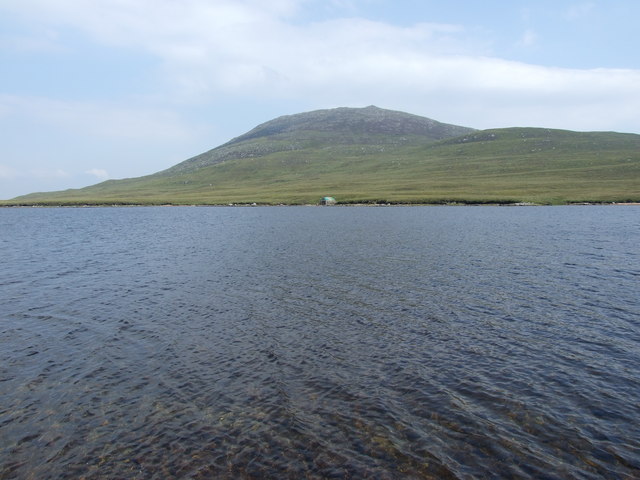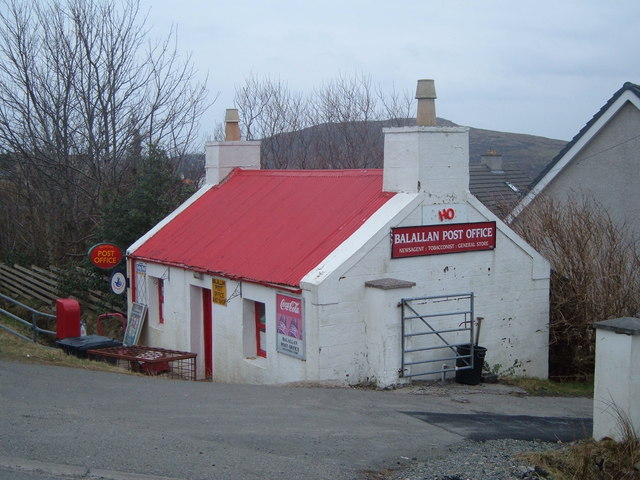Cnoc a' Pheiligir
Hill, Mountain in Ross-shire
Scotland
Cnoc a' Pheiligir
![Roineval [Ròineabhal] Via A859 and Slèiteachal Mhòr with Jonathan de Ferranti, Jim Bloomer and Mat Webster. A conspicuous and locally steep summit plus no paths at all. Summit shelter contains remains of trig point.
Name: Roineval [Ròineabhal]
Hill number: 1576
Height: 281m / 922ft
Area: 24A: Lewis and Nearby Islands
Class: Ma
Grid ref: NB 23300 21211
Summit feature: shelter on rock
Drop: 203m
Col: 78m NB230200](https://s0.geograph.org.uk/geophotos/03/26/57/3265760_48b4a00a.jpg)
Cnoc a' Pheiligir is a prominent hill located in Ross-shire, a historic county in the Scottish Highlands. It is situated near the village of Achnasheen, offering stunning panoramic views of the surrounding landscape. The hill stands at an elevation of approximately 529 meters (1,736 feet) above sea level, making it a popular destination for hillwalkers and outdoor enthusiasts.
The terrain of Cnoc a' Pheiligir is characterized by a mixture of heather moorland, grassy slopes, and rocky outcrops. The ascent to the summit is relatively straightforward, with a well-defined path leading from the base to the top. On a clear day, visitors can enjoy breathtaking views of the nearby mountains, including Beinn Liath Mhor Fannaich and Sgurr Mor.
The hill is also known for its rich biodiversity. It is home to various species of birds, such as golden eagles, peregrine falcons, and red grouse. The heather-covered slopes provide habitat for a range of wildlife, including red deer and mountain hares.
Cnoc a' Pheiligir is a popular spot for outdoor activities, including hillwalking, hiking, and birdwatching. The hill offers a peaceful and tranquil environment, allowing visitors to immerse themselves in the natural beauty of the Scottish Highlands. Whether it's a challenging climb to the summit or a leisurely stroll through the surrounding countryside, Cnoc a' Pheiligir offers a rewarding experience for nature enthusiasts and adventurers alike.
If you have any feedback on the listing, please let us know in the comments section below.
Cnoc a' Pheiligir Images
Images are sourced within 2km of 58.07777/-6.6953073 or Grid Reference NB2319. Thanks to Geograph Open Source API. All images are credited.
![Roineval [Ròineabhal] Via A859 and Slèiteachal Mhòr with Jonathan de Ferranti, Jim Bloomer and Mat Webster. A conspicuous and locally steep summit plus no paths at all. Summit shelter contains remains of trig point.
Name: Roineval [Ròineabhal]
Hill number: 1576
Height: 281m / 922ft
Area: 24A: Lewis and Nearby Islands
Class: Ma
Grid ref: NB 23300 21211
Summit feature: shelter on rock
Drop: 203m
Col: 78m NB230200](https://s0.geograph.org.uk/geophotos/03/26/57/3265760_48b4a00a.jpg)
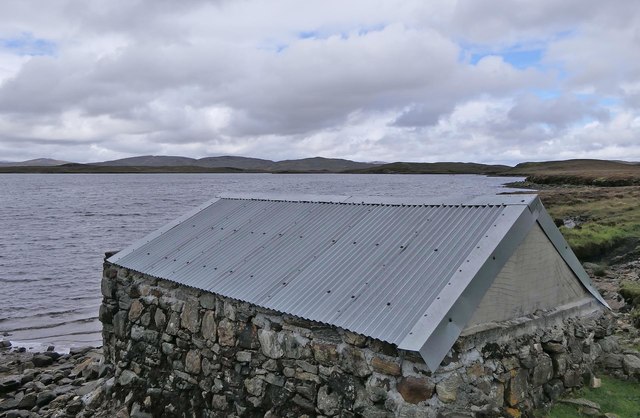


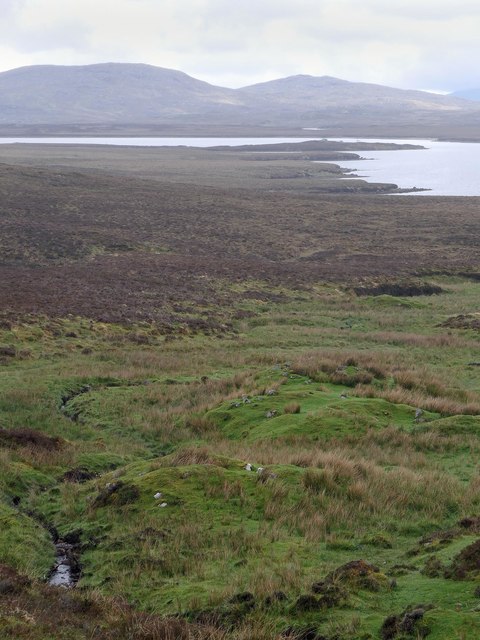
Cnoc a' Pheiligir is located at Grid Ref: NB2319 (Lat: 58.07777, Lng: -6.6953073)
Unitary Authority: Na h-Eileanan an Iar
Police Authority: Highlands and Islands
What 3 Words
///recording.deeply.leaned. Near Leurbost, Na h-Eileanan Siar
Nearby Locations
Related Wikis
Airidh a' Bhruaich
Airidh a' Bhruaich (Arivruaich - anglicised) is a scattered crofting township in the South Lochs district of the Isle of Lewis in the Outer Hebrides of...
Eilean Mòr, Loch Langavat
Eilean Mòr is an island in Loch Langavat on the Isle of Lewis in the Outer Hebrides of Scotland. == Footnotes ==
Balallan
Balallan (Scottish Gaelic: Baile Ailein, Bail' Ailein), meaning "Allan's Town", is a crofting township on the Isle of Lewis, in the Outer Hebrides, Scotland...
Seaforth Island
Seaforth Island (Scottish Gaelic: Eilean Shìphoirt/Shìophoirt or Mulag) is an uninhabited island in the Outer Hebrides of Scotland. Unlike many other...
Have you been to Cnoc a' Pheiligir?
Leave your review of Cnoc a' Pheiligir below (or comments, questions and feedback).
